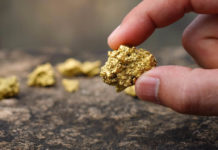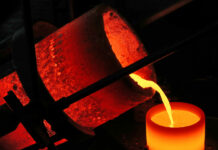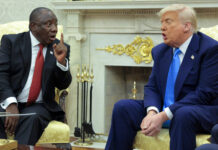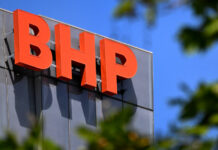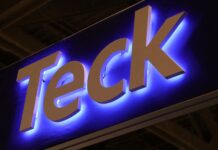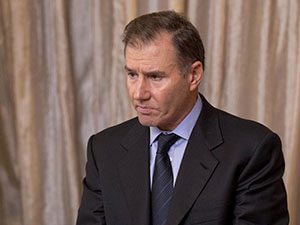
[miningmx.com] – GLENCORE announced an 18 US cents per share total dividend for its 2014 financial year – some 9% higher than in the previous year – in a gesture CEO, Ivan Glasenberg, said reflected the group’s “strength and prospects”.
The company would also consider another buy-back programme, probably at the half-year point depending on how much visibility the group had on future cash flow.
It announced a $1bn buy-back programme in August last year which, including the purchase of $700m in convertible bonds, took total market returns to $3.3bn for 2014, and to $9.3bn since it debuted on the London Stock Exchange in 2011.
“While there remains the potential for future economic setbacks and no shortage of bearishness towards commodities in financial markets, physical demand for our raw materials remains healthy,” said Glasenberg in comments to the group’s 2014 full-year numbers published this morning.
“We anticipate tightening supply conditions to materialise in our key commodities in response to lower prices, production/investment cutbacks and falling grades,” he said.
Net income fell 7% to $4.3bn, largely owing the softer pre-tax contribution of its ‘industrial’ (mining) assets, itself related to weaker prices, while the marketing division produced a strong 15% improvement in its respective pre-tax contribution.
Despite the show of confidence, Glencore felt moved to adjust its capital expenditure plans for the current (2015) financial year to between $6.5bn and $6.8bn despite saying only two months earlier that it would spend $7.9bn in capex for the year.
It also wrote down assets for roughly $1bn of which $489m half related to the firm’s iron ore assets in the Congo as they were adjusted to reflect “more modest option values” amid price weakness for the mineral.
Glasenberg said the year under review was a period of “challenges and opportunities” for the group. “The gradual process of normalisation following the financial crisis has continued, but at a slower pace than many expected,” he said in notes to the figures.
“In fact, some of the most important legacies of the crisis continue to drag on, including those relating to Europe,” he said.
Glencore reported a slight decline in basic share earnings of 18 cents compared to 19c/share in the previous financial year. Funds from operations, a financial reporting level Glencore highlights as it is seeking to boost cash from its mining and marketing activities, was only 2% lower at $10.2bn.
Despite the difficulties in the markets, Glencore lowered net debt to $30.5bn which was a reduction of $7.1bn from the net debt position at the end of the first half of its 2014 financial year.
Commenting in a presentation to analysts, Glasenberg said the group was bullish on the copper and zinc markets which had moved into a supply deficit, while the nickel market was “transitioning” to market under-supply. The three metals were responsible for 48% of Glencore’s pre-tax earnings in its 2014 financial year.
The coal market, which contributed 5% of pretax earnings, was rebalancing itself but it remained difficult with an estimated 20% of production cash negative. As a result, the group decided to pull 15 million tonnes (mt) of Australian coal output from the market.
“We are unlikely to rush back with 15mt and undermine what we’ve done,” said Glasenberg of Glencore’s belief that by not removing volumes – which it felt would not be replaced by a rival – it would have ‘cannabalised’ the 135mt in production it provides to the world seaborne market.
Commenting on the prospects of further returns to shareholders, Steve Kalman, Glencore CFO, said further buy-backs might be considered at the interim point in the current financial year.
“If there is more confidence in the predictability of cash flow by mid-August … we would look at whether we’d put another buy-back process in place,” he said.



